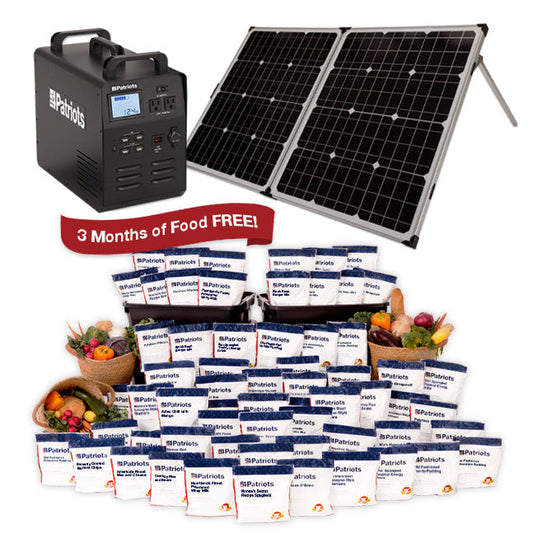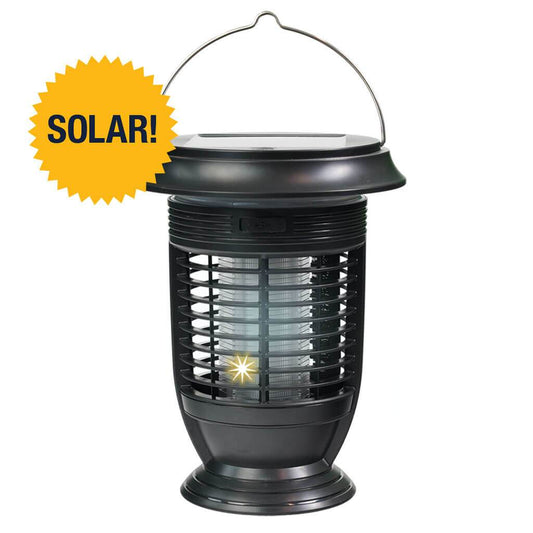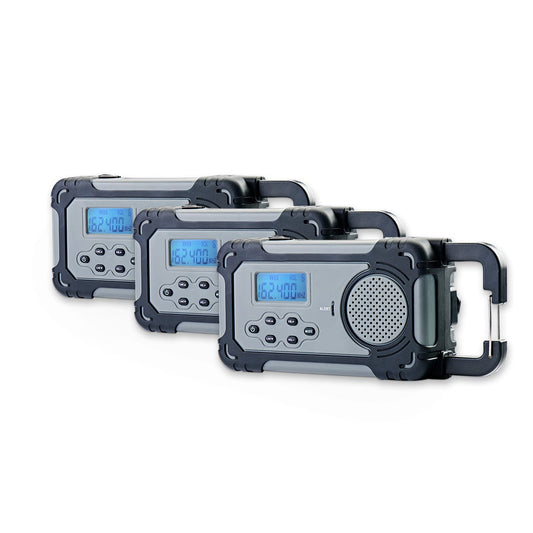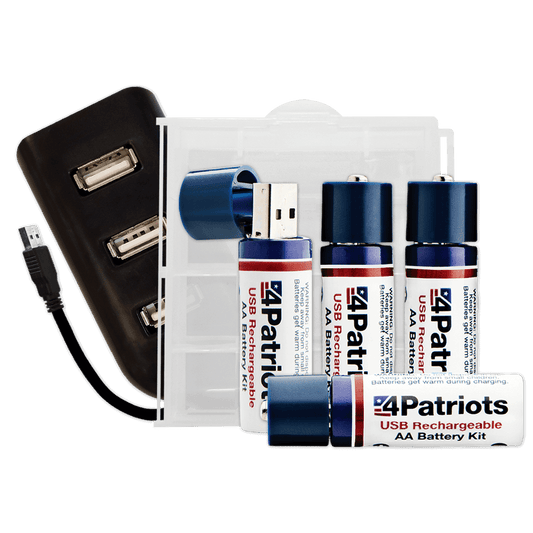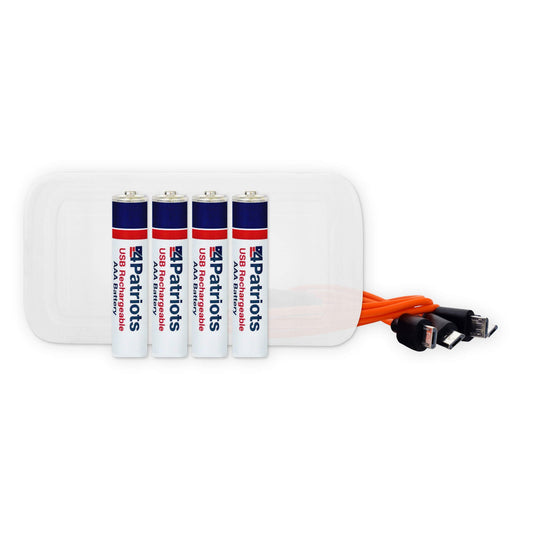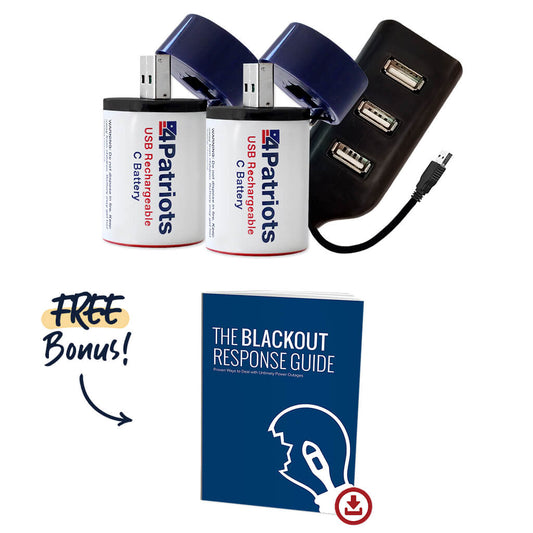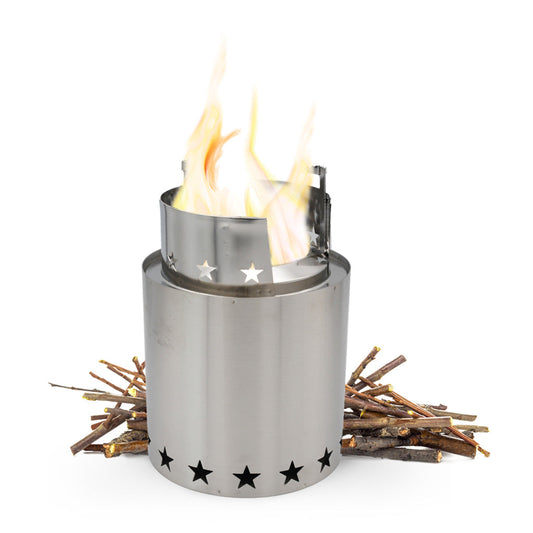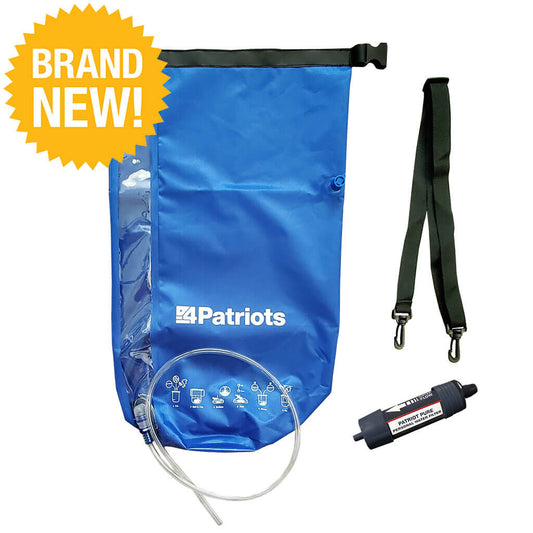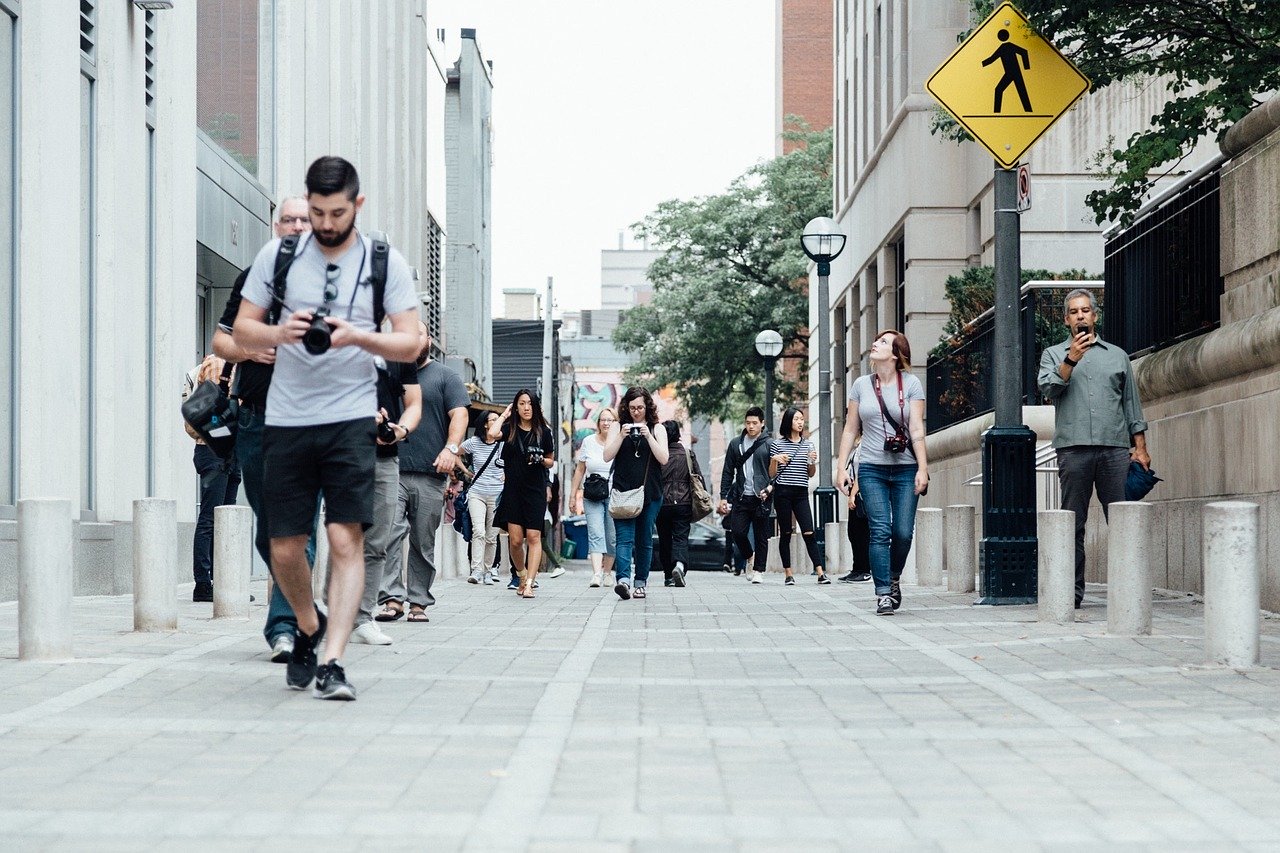
Can you guess the Newest COVID-19 Hotspot?

The coronavirus cannot operate a car or truck. But it appears to be traveling on interstate highways to create new hotspots across the nation.
Dr. Gregory Tasian is a lead researcher at PolicyLab at Children's Hospital of Philadelphia. Here's what he says.
"When you look at these outbreaks play out over time, you can see them arise along the major travel corridors throughout the U.S.
"If there is a mixing of communities through travel, whether it's for work or vacation, that can increase the spread of the virus. Particularly in the summer where there are more gatherings and more mixing through vacations."
The Roads More Traveled
Recently PolicyLab officials predicted that states where people were headed would see surges. Especially as those states re-opened following shutdowns.
Florida, Arizona, Texas and California were mentioned. Sure enough, those states have been hit hard in recent weeks. In fact, Florida is now considered the world's virus epicenter.
PolicyLab's models show how the virus spread along I-10 and I-5 in Southern California. And along I-85 from Alabama to Virginia. Plus I-95 from Miami to New England.
As well as I-94, originating in Detroit and affecting many cities along a western path toward and beyond Lake Michigan.
Tourist Destinations Suffering
Heavily traveled roads are carrying the virus to a number of popular tourist destinations.
Including Nashville, Tennessee. Most residents there are adhering to social distancing and mask-wearing protocols. But many tourists are not.
One emergency technician recently said this. "I think the biggest concern is that while residents in Nashville are taking it seriously... visitors seem to forget a pandemic is happening."
The White House named Nashville as one of 11 cities needing to take "aggressive" steps to halt the spread. Others include Miami, Las Vegas and New Orleans.
Hospitalizations Increasing
As of this writing, there have been more than 4.7 million confirmed cases in America.
The number of deaths is well over 150,000. New reported cases have dropped in the past several days in the East. But that's due to fewer tests being conducted as people deal with Hurricane Isaias.
The surges in many communities and states aren't just about statistics. They are putting a huge burden on healthcare workers. And dramatically decreasing the number of available ICU beds.
One of the biggest concerns is the increasing percentage of positive tests. Another is an increase in hospitalizations. In some areas, alternate care sites are returning as hospitals near capacity. Such as in San Bernardino, California.
East Coast a Target Again
Not long ago, New York and New Jersey were the main hotspots. They flattened the curve, but now are in danger again.
David Rubin is the PolicyLab director. He said there has been a trend of the virus moving northward from Florida on "travel corridors like I-95."
He said the virus is climbing through South and North Carolina. And hitting beach areas in Virginia and Delaware.
Rubin added, "We are now seeing a clear resurgence in the Philadelphia area. We're starting to see upticks in the shore regions of New Jersey. And we're actually seeing some elevated (transmission rates) every week in the New York City boroughs."
Vacation Spots = Hotspots
Rubin said officials in the Northeast wisely reopened slowly and cautiously. Following their previous surges.
But in the South, they re-opened too soon and too quickly. And now people in the South are carrying the virus northward.
"This virus doesn't know state lines," he said. "People are traveling. That's what we do as Americans. We travel. We go on family vacations."
Not surprisingly, vacation spots have become hotspots. Such as Galveston, Texas. And Hilton Head Island and Myrtle Beach in South Carolina.
Is National Mandate Needed?
"Many of those vacation destinations are starting to have some of the highest rates of transmission," Rubin said. "So, very clearly, travel is playing a significant role here."
Even rural areas lying between big cities and vacation destinations are feeling the effects.
President Donald Trump has left safety mandates and re-openings up to individual states. Many feel that's the right way to handle it.
Others believe consistent national mandates are needed to stop the spread from one part of the country to another.
CDC Chimes In
The CDC website states that, "Travel increases your chance of getting and spreading COVID-19. Staying home is the best way to protect yourself and others."
Among the CDC's recommendations are to avoid travel if you are sick. Or have been around an infected person in the past 14 days.
Considerations before going on trips include determining the virus spread at your destination. And if someone you live with is at high risk.
If you become infected while traveling, you can spread the virus to loved ones when you return. Even if you don't have symptoms.
Travel Recommendations
Depending on where someone's travels begin, continue and end, 14-day quarantines may be in effect.
While taking a trip, the CDC recommends covering your nose and mouth with a mask when in public settings. And practicing social distancing.
Be very careful when stopping for food, gas and restroom breaks. Wash your hands frequently with soap and water. And avoid touching your nose, mouth and eyes.
It has become clear that moving from one area to another is contributing to spreading the virus. Don't be a carrier and don't become a victim.
Featured Products
- Regular price
- From $1,134.30
- Regular price
-
- Sale price
- From $1,134.30
- Unit price
- per
- Regular price
- $353.49
- Regular price
-
- Sale price
- $353.49
- Unit price
- per
- Regular price
- $3,544.87
- Regular price
-
$4,534.36 - Sale price
- $3,544.87
- Unit price
- per
- Regular price
- $3,547.71
- Regular price
-
$4,250.43 - Sale price
- $3,547.71
- Unit price
- per
- Regular price
- From $42.52
- Regular price
-
$170.07 - Sale price
- From $42.52
- Unit price
- per
- Regular price
- $3,547.71
- Regular price
-
- Sale price
- $3,547.71
- Unit price
- per
- Regular price
- $708.41
- Regular price
-
- Sale price
- $708.41
- Unit price
- per
- Regular price
- $41.17
- Regular price
-
- Sale price
- $41.17
- Unit price
- per
- Regular price
- $3,969.34
- Regular price
-
- Sale price
- $3,969.34
- Unit price
- per
- Regular price
- $42.52
- Regular price
-
- Sale price
- $42.52
- Unit price
- per
- Regular price
- $137.71
- Regular price
-
- Sale price
- $137.71
- Unit price
- per
- Regular price
- $7,096.83
- Regular price
-
- Sale price
- $7,096.83
- Unit price
- per
- Regular price
- $70.91
- Regular price
-
- Sale price
- $70.91
- Unit price
- per
- Regular price
- From $97.96
- Regular price
-
- Sale price
- From $97.96
- Unit price
- per
- Regular price
- $285.35
- Regular price
-
- Sale price
- $285.35
- Unit price
- per
- Regular price
- From $129.15
- Regular price
-
$184.48 - Sale price
- From $129.15
- Unit price
- per
- Regular price
- $1,418.23
- Regular price
-
- Sale price
- $1,418.23
- Unit price
- per
- Regular price
- $42.52
- Regular price
-
- Sale price
- $42.52
- Unit price
- per
- Regular price
- From $41.88
- Regular price
-
$43.99 - Sale price
- From $41.88
- Unit price
- per
- Regular price
- $183.13
- Regular price
-
- Sale price
- $183.13
- Unit price
- per
- Regular price
- From $38.33
- Regular price
-
$567.58 - Sale price
- From $38.33
- Unit price
- per
- Regular price
- $4,960.26
- Regular price
-
- Sale price
- $4,960.26
- Unit price
- per
- Regular price
- From $282.51
- Regular price
-
$291.74 - Sale price
- From $282.51
- Unit price
- per
- Regular price
- $141.89
- Regular price
-
- Sale price
- $141.89
- Unit price
- per
- Regular price
- $42.52
- Regular price
-
- Sale price
- $42.52
- Unit price
- per
- Regular price
- $12.76
- Regular price
-
$42.52 - Sale price
- $12.76
- Unit price
- per
- Regular price
- $141.89
- Regular price
-
- Sale price
- $141.89
- Unit price
- per
- Regular price
- $42.52
- Regular price
-
- Sale price
- $42.52
- Unit price
- per
- Regular price
- $85.11
- Regular price
-
- Sale price
- $85.11
- Unit price
- per
- Regular price
- $17.01
- Regular price
-
$42.52 - Sale price
- $17.01
- Unit price
- per
- Regular price
- $63.81
- Regular price
-
$63.81 - Sale price
- $63.81
- Unit price
- per
- Regular price
- $35.42
- Regular price
-
$70.91 - Sale price
- $35.42
- Unit price
- per
- Regular price
- $163.19
- Regular price
-
- Sale price
- $163.19
- Unit price
- per
- Regular price
- $268.31
- Regular price
-
- Sale price
- $268.31
- Unit price
- per
- Regular price
- $708.41
- Regular price
-
- Sale price
- $708.41
- Unit price
- per
- Regular price
- $85.11
- Regular price
-
- Sale price
- $85.11
- Unit price
- per
- Regular price
- $56.72
- Regular price
-
- Sale price
- $56.72
- Unit price
- per
- Regular price
- $85.11
- Regular price
-
- Sale price
- $85.11
- Unit price
- per
- Regular price
- $28.32
- Regular price
-
- Sale price
- $28.32
- Unit price
- per
- Regular price
- $141.89
- Regular price
-
- Sale price
- $141.89
- Unit price
- per
- Regular price
- $97.96
- Regular price
-
- Sale price
- $97.96
- Unit price
- per
- Regular price
- $20.26
- Regular price
-
$31.16 - Sale price
- $20.26
- Unit price
- per
- Regular price
- $212.88
- Regular price
-
- Sale price
- $212.88
- Unit price
- per
- Regular price
- $113.50
- Regular price
-
- Sale price
- $113.50
- Unit price
- per
- Regular price
- $56.72
- Regular price
-
- Sale price
- $56.72
- Unit price
- per
- Regular price
- $163.19
- Regular price
-
- Sale price
- $163.19
- Unit price
- per
- Regular price
- $56.72
- Regular price
-
- Sale price
- $56.72
- Unit price
- per
- Regular price
- $141.89
- Regular price
-
- Sale price
- $141.89
- Unit price
- per
- Regular price
- $35.42
- Regular price
-
- Sale price
- $35.42
- Unit price
- per
- Regular price
- $35.42
- Regular price
-
- Sale price
- $35.42
- Unit price
- per





